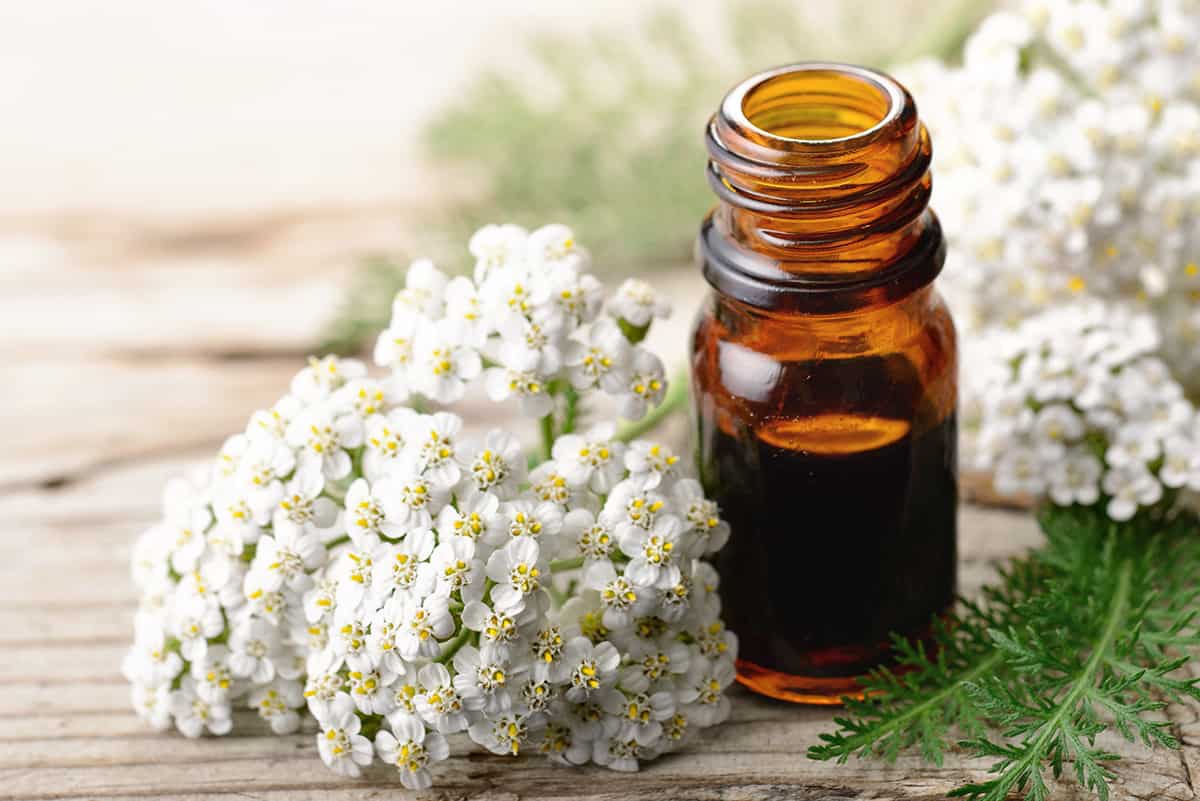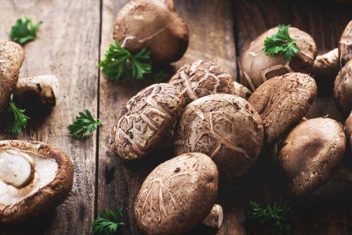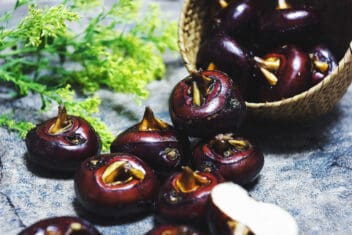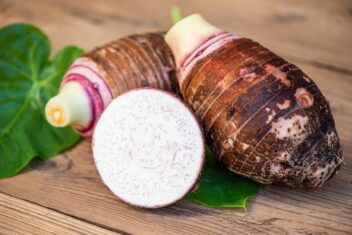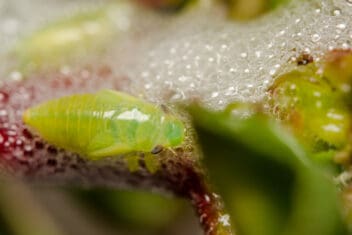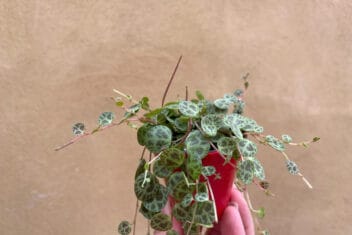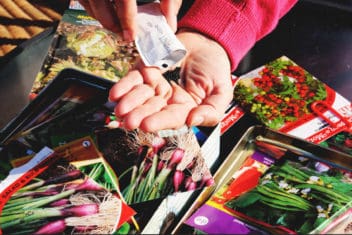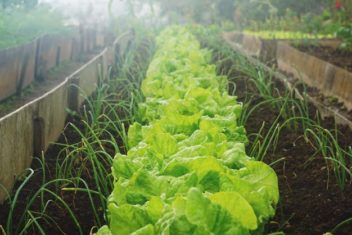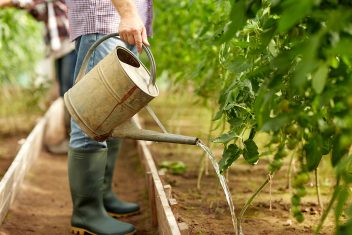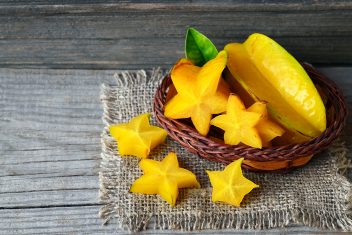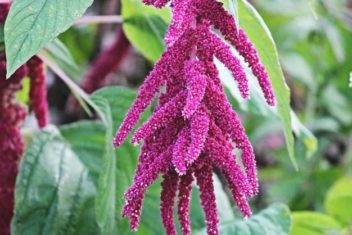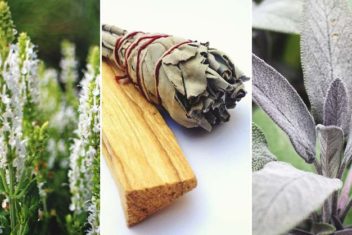We gardeners often talk about the benefits of having multi-purpose plants. How awesome is it when you can eat a plant’s roots and leaves? Or if a species is as medicinal as it is nutritious? If you aren’t familiar with the many uses of yarrow, it’s time to meet this magnificent wonder.
This multi-purpose species has been cultivated for thousands of years. It’s fully edible, has a ton of different medicinal properties, and even more beneficial aspects around your home and garden
Read on to discover why this humble little plant deserves much more love and respect than it receives.
Five Reasons You Need Yarrow In Your Garden
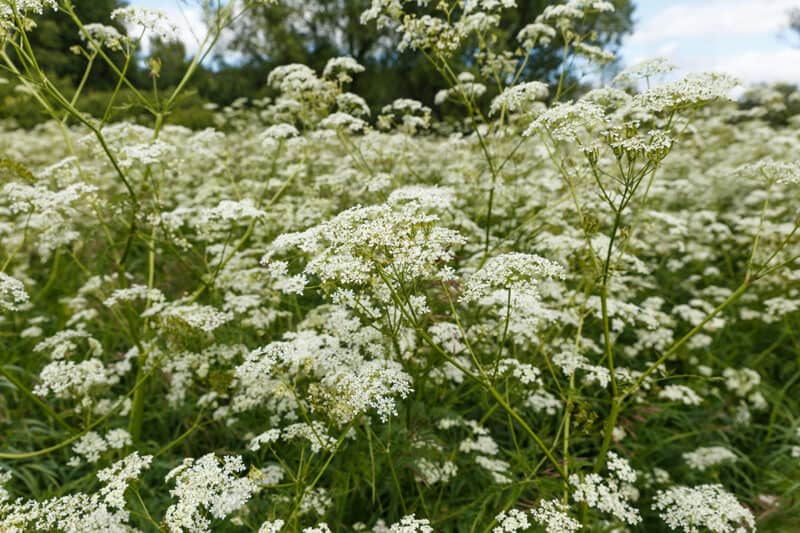
Any one of these reasons is good enough to keep yarrow around, but most people will benefit in multiple ways from growing yarrow.
1. A Nutrient-Dense Mulch for Depleted Soil
Yarrow (Achillea millefolium) is one of those hardy “weeds” that manages to establish itself just about anywhere. Just like mullein and dandelions, it’ll do well in depleted soil where little else manages to grow.
For this reason, yarrow one of the best plants to grow to improve soil health and quality, alongside those aforementioned dandelions. Yarrow has deep roots that break apart compacted soil.
While they’re trundling about down there, they suck up magnesium, potassium, phosphorous, copper, and calcium from the subsoil layers.
As a result, if you chop it all down in late summer/early autumn and let it decompose where it falls, it’ll add all those beautiful nutrients into the upper soil layers.
Add some mowed-over dandelion and comfrey leaves and some good doses of compost tea, and you’ll create some gorgeous, nutrient-rich topsoil in no time.
When it comes to yarrow’s many uses, this is an underappreciated one that can go far in the garden.
2. An Edible Insect Repellant
Yarrow’s frilly leaves smell and taste quite a bit like anise, which is a benefit if you’re fond of licorice. You can eat the entire plant, though the flowers are tastier when newly budded, rather than when they’re mature and dried out.
Try adding the leaves to summer salads, or chopped up in pasta or gnocchi dishes. The leaves and flowers also make a refreshing iced tea, especially if you add a bit of lemon to it.
While you’re picking those leaves for snacks, be sure to rub them on your ankles, wrists, and other body parts that are vulnerable to insect bites. Mosquitoes, black flies, ticks, and fleas are all repelled by this plant’s scent.
In fact, the fleabane plant (Erigeron), which has been used as an effective insect repellant for centuries, is part of the same plant family as yarrow: Asteraceae. Other family members that just happen to also repel insects include chamomile and feverfew.
Many animals seem to instinctively know about yarrow’s insect-repelling properties, and use the plant for just such a purpose. In fact, many wild birds line their nests with herbs that serve several medicinal purposes.
As an example, starlings add yarrow to their chicks’ bedding. Its scent helps to fend off fleas and mites that would otherwise prey on the little ones, and when they eat it, it’ll help develop their immune systems.
3. Medicinal Properties
In herbalism, one of yarrow’s primary uses is as a styptic. This means that it helps to stop bleeding by drying out the area and encouraging coagulation.
One of its common names is “soldier’s woundwort,” referring to the fact that soldiers carried it in their satchels to staunch bleeding wounds. Yarrow also has antiseptic properties, which helps to prevent infection. [1]
Its astringent properties can help with various skin complaints as well as cuts and abrasions. For example, a compress made with a strong yarrow infusion can ease a bad eczema breakout. Similarly, a slightly milder infusion can be an effective toner for treating acne and cold sores.
This plant’s ability to slow bleeding also makes it an asset to ease heavy menstrual periods. As a bonus, yarrow also has analgesic properties because of its salicylic acid content. This helps it to alleviate pain while providing its other healing benefits.
Yarrow is used as a febrifuge to lower high fevers, and its antispasmodic properties can ease cramping from IBS and Crohn’s and general muscle aches and pains.
4. Helpful for Animal Friends Too!
You know yarrow’s medicinal uses that we mentioned above? Many animals benefit from yarrow’s healing aspects as well. We’ve already told you about how starlings and other birds use this plant, but other animals use it too.
While deer really don’t like yarrow’s scent—and will actively try to avoid stepping on it—they have been known to roll around in yarrow patches when wounded. Whether this knowledge is instinctive or learned, they know that this plant makes them feel better when they get hurt.
Rabbits generally don’t like to go anywhere near yarrow either but will eat the flowers and leaves when dealing with gastrointestinal distress. Additionally, some pet rabbits are quite fond of dried yarrow leaves and flowers added to their forage.
If you have a pet herbivore, do your research to find out whether this herb may be beneficial to their diet. Should it be so, then offer little bits to them at a time to see if they’ll eat it.
5. Beneficial Insect Attractor
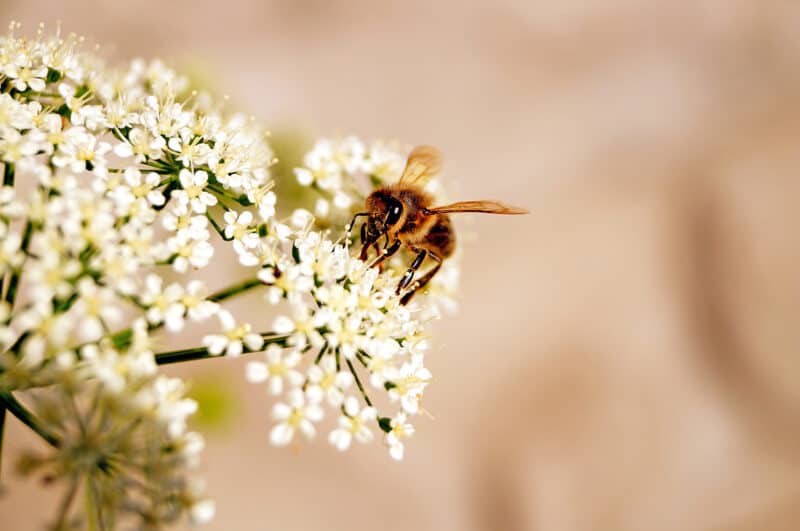
Yarrow is one of the best plants to grow around your garden to attract beneficial insect friends.
Bees of all shapes and sizes love the flowers and after visiting will dance their way over to your nearby vegetable patch. They’ll soon realize that there’s a smorgasbord of deliciousness in your yard, and will be sure to tell all their butterfly and moth friends too.
Even more impressively, yarrow is known for attracting braconid wasps. These are creepy, but incredibly helpful around the homestead. This is because they’re parasitic creatures that lay their eggs on pesky caterpillars.
You know the types: the ones that like to devour our kale and other brassicas, and wreak havoc on all kinds of leafy greens.
When the eggs hatch, the larvae… well, let’s just say they kill off the caterpillars they hatched onto. This reduces the number of insect predators in our gardens exponentially.
How to Grow Yarrow
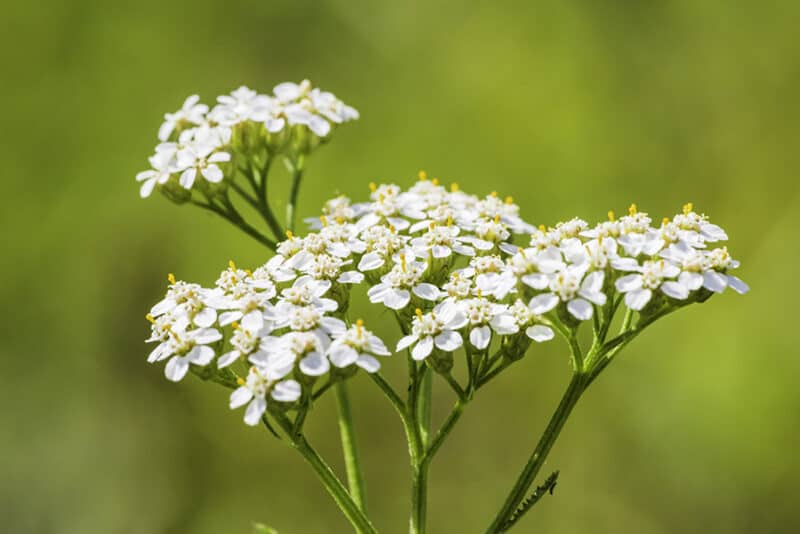
Okay, so this is the best part. Not only is yarrow amazing for all the uses mentioned above, but you can grow it pretty much anywhere. As mentioned earlier, it does really well in depleted soils, but it seems to be able to adapt to most conditions.
It does best in well-drained soil in full sunlight, but can adapt to almost any soil. It can also grow in dappled light, as long as it gets a bit of sunshine over the course of the day.
This plant is remarkably drought-resistant, which makes it ideal for xeriscaping. If you’re aiming to replenish over-farmed soil, this is definitely one to sow enthusiastically.
These plants grow aggressively and can push out nearby species. That makes them great for edging around your property or filling depleted areas you’d like to revive. Just remember that they’re perennial, so they can be difficult to be rid of once established.
Yarrow seeds are light-dependent, which means that they’re activated by sunshine to germinate. Scatter them over the soil’s surface in springtime, just after the last frost date. Water them regularly, but don’t soak the soil too much: they prefer dry soil and don’t do well when soggy.
Once established, these plants basically take care of themselves. Give them water now and then during very dry spells, and feel free to offer them some compost tea or diluted fertilizer once or twice over the course of the growing season. For the most part, however, you can just plant them once and they’ll keep coming back forever.
Feel like you need more info? We have an entire guide to help you make yarrow thrive.
Harvesting and Storage
When harvesting, please remember to never cut off more than 1/3 of the plant at once. Otherwise, it may go into shock and die off.
You can cut off the flowering heads when they’re mature and dry them in hanging baskets. Alternatively, cut entire plants down just above ground level. Then tie them into bundles and hang them upside-down until they’re dry enough to crunch between your fingers.
Store your dried yarrow in paper bags or glass jars in a cool, dry place. Cupboards and medicine chests are ideal as long as they’re away from kitchens, bathrooms, and damp cellars. These dried herbs will remain usable for up to a year: just long enough for the next batch to grow in.
Whether you’re growing yarrow for food, landscaping, medicine, or soil restoration, it deserves a lot of love and care. Most people don’t realize just how wonderful it is and how many uses yarrow has because it’s considered an invasive “weed.”
Hopefully, once they learn a bit more about it, they’ll be able to look past its initial appearance and grow to love it for how spectacular it really is.
References:
- Saeidnia S, Gohari A, Mokhber-Dezfuli N, Kiuchi F. A review on phytochemistry and medicinal properties of the genus Achillea. Daru. 2011;19(3):173-186.
